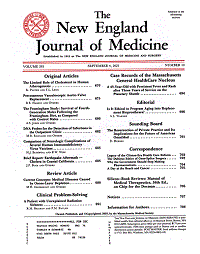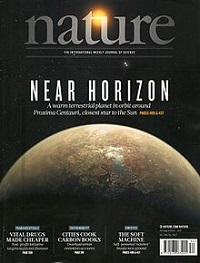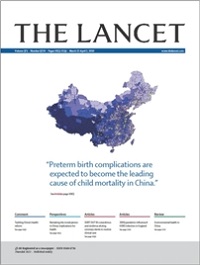Whether you’re reading journal articles to stay up-to-date with the latest medical breakthroughs, write patient education materials or research evidence for your current health writing project, having access to a library of top medical journals is essential for producing quality medical writing.
You may need to set aside time every day to read the latest publications, so knowing where to find credible research can save you lots of time.
What makes a medical journal “top”?
The credibility of the world’s esteemed journals may be due to their high impact factors and peer-review processes (we’ll discuss what these mean later).
High-impact journals are highly sought after by unpublished authors and are more selective about the manuscripts they publish.
If you specialise within a therapeutic area of medical writing, such as oncology or cardiovascular disease, knowing the top medical journals in each speciality is crucial.
For example, the American Heart Journal, the European Heart Journal and the journal Circulation are specifically related to the field of cardiovascular disease.
However, it’s also important to read articles from general medical journals too – as these publish a wide range of manuscripts.
Top medical journals have an expert peer-review process
When sourcing evidence in your writing, it’s important to identify journals with a rigorous peer-review process.
Unpublished manuscripts submitted to top medical journals use content experts from each medical speciality to assess accuracy, novelty and ethical methodology.
The peer-review process aims to ensure manuscripts selected for publication actually help to advance clinical medicine.
High journal impact factor = highly influential
Impact factor refers to the number of times an average article in a journal has been cited for a particular year, divided by the total number of articles published in the previous two years.
So, for example, a journal with an impact factor of five means, on average, the articles published in the last two years have been cited five times.
A high impact factor indicates that a journal’s published findings are considered highly influential.
The world’s top journals
New England Journal of Medicine (NEJM)

NEJM receives nearly 5,000 article submissions every year and adopts a rigorous peer review process – as well as extensive revisions by at least five experts and at least one statistical review before publication.
The journal’s impact factor is 54.42, the highest among general medical journals.
Research covers all medical specialities and is currently accessed by 177 countries worldwide.
Six months after an article is published, the full text is available for free.
Nature

Every week, Nature publishes recent findings in science, and is an esteemed science journal for health writers, particular if you write health for consumers or if you have a science blog.
The Nature website also publishes news and trends in science.
The journal receives nearly 10,000 manuscripts every year and is peer-reviewed by non-affiliated scientific experts.
A wide-range of science subjects is covered from Chemistry to evolution.
Nature has an impact factor of 42.351, making it the most cited science journal in the world.
The Lancet

The Lancet is considered an authoritative voice in global medicine, with 1.8 million registered users worldwide.
The Lancet’s 2013 impact factor is 39.207, ranking the journal second in the general medicine category.
It’s very difficult to be published in The Lancet. Only 5% of submitted manuscripts accepted for publication in the Lancet family of nine general medicine specialty journals.
Research published in The Lancet is considered ethical and credible.
The British Medical Journal (BMJ)

BMJ is a completely online journal that publishes general medical research articles.
The BMJ’s open access articles are continuously published and freely available.
The journal’s impact factor is 16.3.
The BMJ uses a comprehensive peer review process giving priority to articles that improve clinical decision-making in general medicine.
Annals of Internal Medicine

This reputable internal medicine journal provides free online access.
The Annals of Internal Medicine is ranked fifth among general medical journals.
The journal has an impact factor of 16.104, the highest for a general and internal medicine (internists) speciality journal.
Annals publish a range of research articles from meta-analyses to letters to the editor.
The journal only accepts about 7% of original research manuscripts that are submitted for publication.
The Journal of the American Medical Association (JAMA)

Established in 1883, the JAMA is the major journal in the American Medical Association’s “family” of 10 medical journals.
The JAMA is the world’s most widely circulated journal and has an impact factor of 30.
With around 1.2 million email subscribers who receive the journal’s table of contents free via email, the JAMA also receives around 15 million annual visits to its website every year.
Which of the world’s top medical journals do you rely on regularly?

